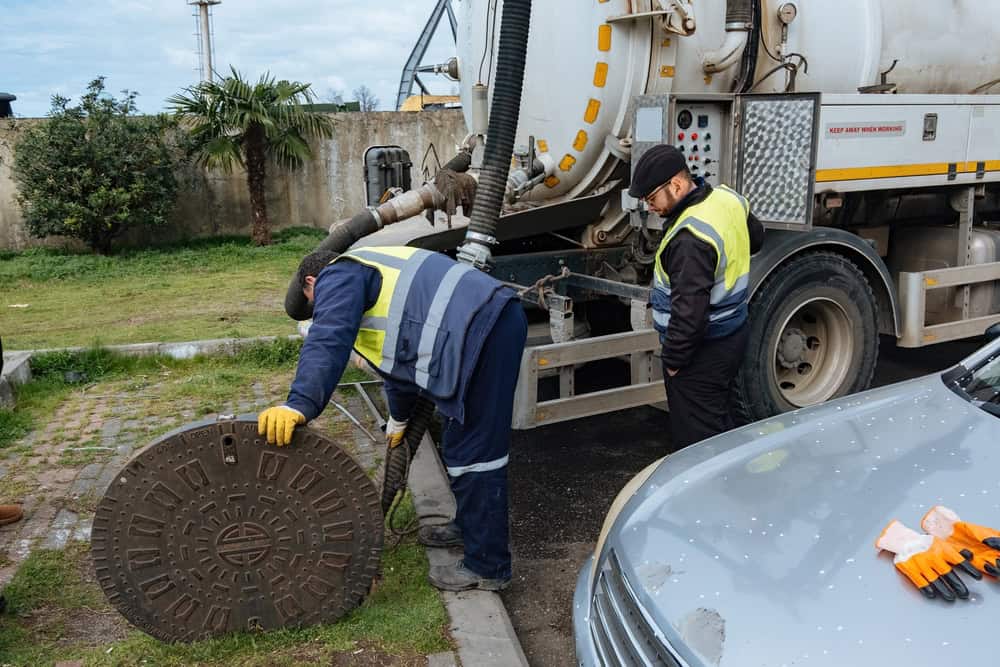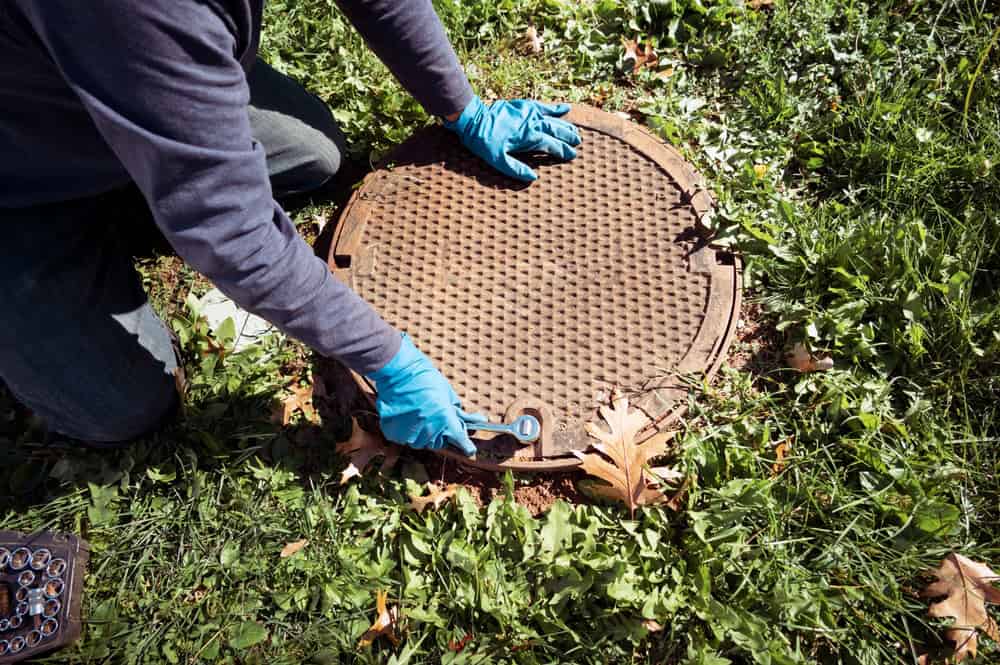
In Suffolk County, there is no shortage of companies that offer septic tank services, but if you’re looking for the fastest, most reliable, and most effective results, don’t hesitate to contact Quality Cesspool! In East Marion, NY, Quality Cesspool has been maintaining and repairing septic systems for more than 10 years. In the event that your septic system needs pumping, cleaning, emergency repairs, or if a new tank needs to be installed, our team of highly trained professionals will ensure that it gets the very best care possible.
Most Suffolk County homeowners rely on septic tanks to store and treat wastewater, and as with any system within your home, they must be properly maintained. A tank overflow can occur if the tank itself and the pipes leading to it are not properly maintained. Not only are sewage overflows disgusting, but they can also cause extensive damage, costly repairs, and serious health problems.
Quality Cesspool, the most trusted cesspool company in the county, offers some helpful tips for keeping your septic system in top shape.

Water constantly enters septic tanks and pipes leading to them. Even though the tank is capable of holding a lot of water, there is a limit to how much it can store. A waste and water disposal system must eventually empty the water and waste.
According to the Environmental Protection Agency (EPA), septic tanks should be pumped and cleaned every three to five years. Using highly specialized equipment, wastewater is pumped from the tank during pumping. The purpose of cleaning the tank is to remove the sludge and scum that has accumulated along its walls. It’s only a matter of time before you experience a problem if you fail to pump and clean your system.

You should also have it inspected by a Suffolk County cesspool professional. Just like septic tank cleaning and pumping, the EPA also recommends having a septic system inspected every three to five years. During an inspection, the entire system will be assessed for any signs of damage, such as cracks and clogs. If issues are spotted, the necessary repairs can be made before serious problems arise.
Use Water Wisely
Use caution when flushing water down your drains. Sending too much water down the drains at one time will inundate the septic tank and increase the risk of an overflow. Instead of washing multiple loads of laundry in a single day, do a load once a day, and instead of running several appliances that use water at the same time – a dishwasher, washing machine, shower, and sink, for example – stick to using only one or two. Additionally, if any of your faucets are leaking or toilets are running, have them repaired. The constant surge of water being flushed into your septic tank from running plumbing fixtures can also increase the risk of a backup.
To further reduce your water consumption, consider installing low flow plumbing fixtures, including faucets, showerheads, and toilets. Not only will these fixtures reduce the amount of water that you’re putting into your septic tank, but they’ll also save you money on your utility bills; they’re good for the environment, too.
Watch What You Flush
Septic systems are designed to breakdown organic matter, not inorganic waste, so watch what you’re flushing down the toilets and drains. Steer clear of things like paint, oil, liquid cleansers, and grease. Instead of decomposing, these items will settle on the bottom of the septic tank and push up wastewater and organic material, increasing the risk of an overflow. Inorganic materials also disrupt the balance of healthy bacteria that breaks down the organic matter in your septic tank, further increasing the chance of a backup.
It’s also important to avoid flushing any solid materials down toilets and drains; eggshells, coffee grounds, cotton balls, feminine hygiene products, and even products that say they’re flushable, such as wipes, should be completely avoided. Solids can get trapped in the pipes that lead to your septic tank and cause extensive damage. If by chance, they do make their way through the pipes into the cesspool, instead of decomposing, they’ll take up space a backup will eventually occur. To avoid serious damage and costly repairs, always be aware of what you’re flushing – and make sure that everyone else who uses your septic system is, too!
The first inhabitants were the Orient Focus People, Native Americans who lived in the area about 1000 BC. They vanished long before the arrival in about 900 AD of the Corchaugs, who called the area Poquatuc. The Corchaugs were still present when six English families settled in 1661. The new residents called the area Oysterponds because of the abundant shellfish that they began to gather and sell to nearby communities. While farming remained the principal occupation, trading vessels began operating out of the sheltered harbor during the colonial period.
British troops landed in 1776 during the American Revolutionary War. Many families fled to Connecticut, and the Redcoats periodically plundered the farms they left behind. After Benedict Arnold switched sides, he organized raids on Connecticut from Oysterponds. The British returned during the War of 1812, setting up what turned out to be a porous blockade against American ships sailing to New York City. In 1814 Commodore Stephen Decatur anchored his American squadron off Trumans Beach but never engaged the British. After the war, renewed farming and fishing brought prosperity to Oysterponds. By 1840 more than 30 schooners were operating out of the harbor, carrying fish and produce.
Orient and East Marion originally were called Oysterponds Lower Neck and Oysterponds Upper Neck, respectively. In 1836, the two communities went their separate ways with new names. Orient was chosen to reflect the area’s easternmost position on the North Fork of Long Island. East Marion was named for Gen. Francis Marion, the “Swamp Fox” of the Revolutionary War. “East” was tacked on because of an existing town of Marion upstate.
Learn more about East Marion.Don’t let cesspool issues disrupt your day. Reach out now for a free estimate and expert service.
©2025 Quality Cesspool All Rights Reserved. SEO Company NYC – Web Design & SEO by Hozio